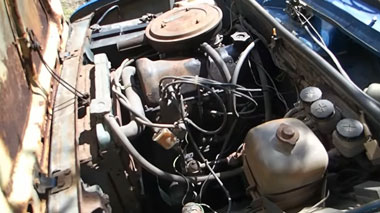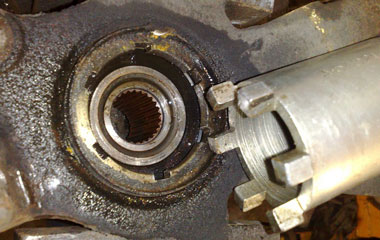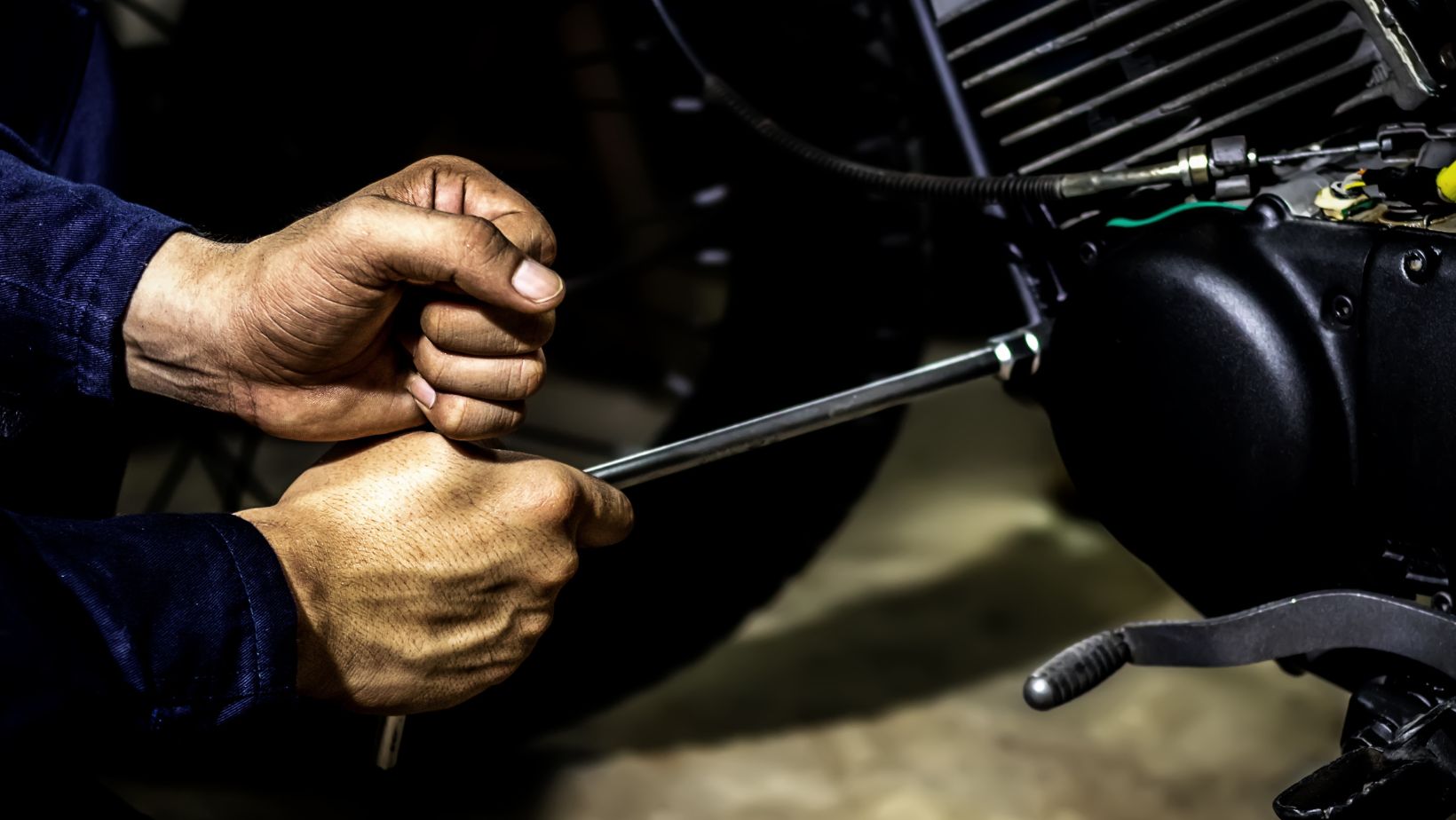
Camber bolts are used to adjust the camber angle of a vehicle’s wheels. The camber angle is the angle between the vertical axis of the wheel and the plane of the road. Camber bolts are necessary if you want to keep your car’s tires from wearing out prematurely.
If your car has too much negative camber, it will cause your tires to wear out on the inside edge. This can be dangerous because it can lead to a loss of traction and control. Camber bolts can also be used to adjust the toe angle of your car’s wheels.
Toe is the turning inward or outward of a wheel in relation to its centerline. Too much toe-in will cause your tires to wear out on the inside edge, while too much toe-out will cause them to wear out on the outside edge.
If you own a car, chances are you’ve had to adjust your camber at some point. But what are camber bolts and do you really need them?
Camber is the angle of your tires when viewed from the front or rear of the vehicle.
If your tires are angled outward, that’s called positive camber. If they’re angled inward, that’s called negative camber. Most cars have a slight amount of positive camber from the factory to help improve tire wear and cornering grip.
Over time, however, your car’s suspension can settle and cause the camber to change. This is especially true if you lower your car or add aftermarket wheels and tires that are wider than the stock ones. That’s where camber bolts come in.
Camber bolts are simply bolts with an offset head that allow you to make small adjustments to the camber of your wheels. They’re relatively inexpensive and easy to install, so they’re definitely worth having on hand if you plan on making any Suspension mods to your car.
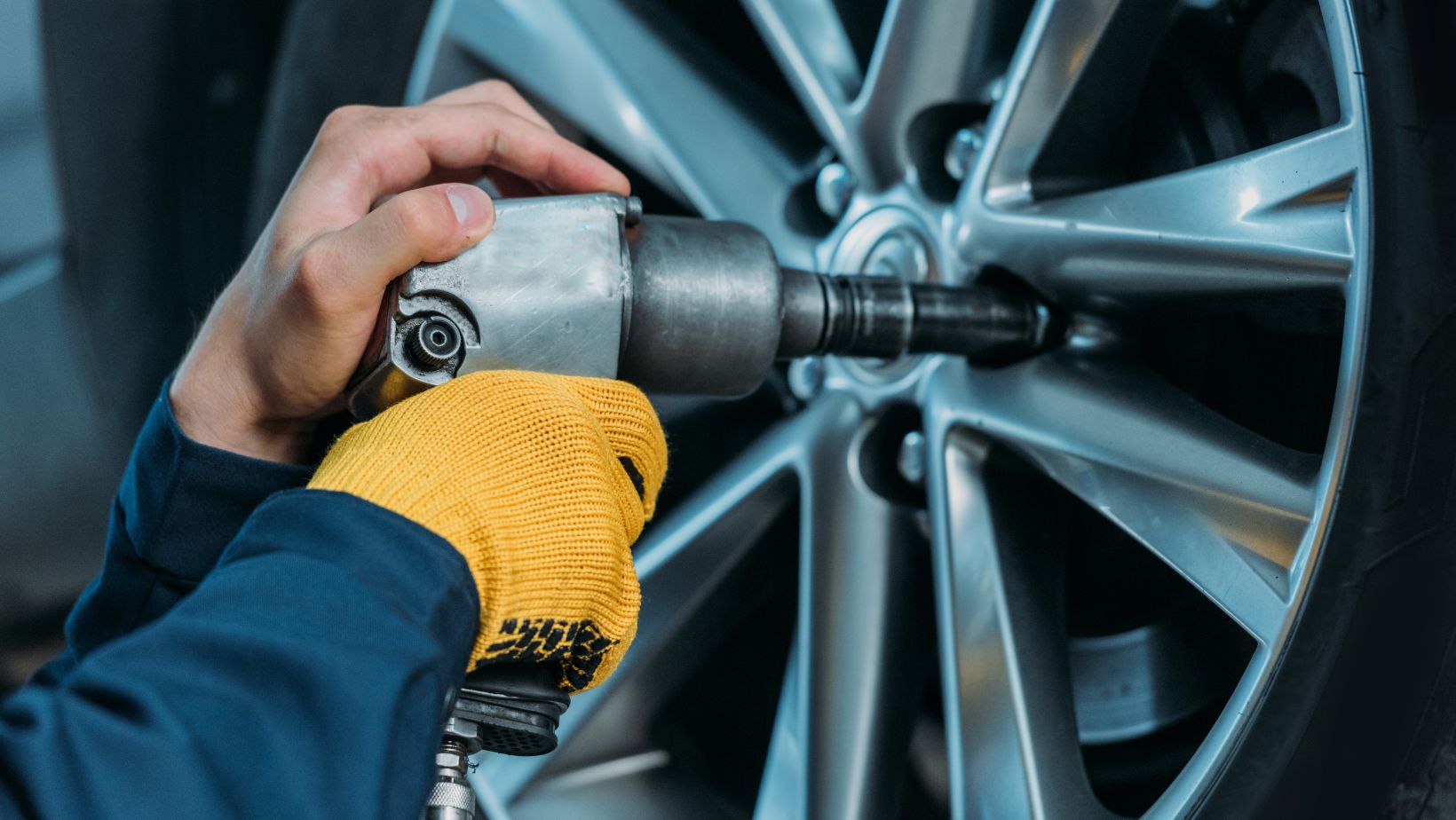
Why Do I Need a Camber Bolt?
If your car has an adjustable suspension, then you need a camber bolt. Camber is the inward or outward tilt of the wheel and affects how much tire contact there is with the road. Too much negative camber will result in less tire contact and can cause premature tire wear.
Too much positive camber will make the car harder to turn. Most cars have a small amount of built-in camber so that when the weight of the car is on the tires (when driving), there is still some contact between the tires and road. You can adjust camber by changing the length of the control arms or by adding/removing spacers at the top or bottom of the strut assembly.
Many race cars have adjustable suspension so that they can fine-tune their handling characteristics for different racetracks; however, most street cars do not need to be adjusted and come with non-adjustable suspension.
Is a Camber Kit Necessary?
No, a camber kit is not necessary. Camber refers to the angle of the tire in relation to the ground and is measured in degrees. The purpose of a camber kit is to adjust the camber angle so that it’s within specifications set by the vehicle manufacturer.
This can be important for two reasons: first, to improve tire wear; and second, to improve handling.
If your car’s camber angle is out of specification, you may notice that your tires are wearing unevenly. The inside edge of the tire may be wearing more than the outside edge, or vice versa.
Uneven tire wear can shorten the life of your tires and potentially lead to other problems like poor handling or decreased fuel economy.
While a camber kit can help improve these things, it’s not always necessary. Many times, an alignment shop can adjust your car’s camber without needing a special kit.
If you think your car might need a camber adjustment, take it to an alignment shop and have them take a look.
Do You Need an Alignment After Camber Bolts?
No, you don’t need an alignment after camber bolts. Camber bolts are used to make small adjustments to the camber of your car’s wheels. They’re not meant to be a long-term fix, so they won’t affect your car’s alignment in any significant way.
How Much Camber Can Camber Bolts Add?
Camber bolts can add a significant amount of camber to your vehicle. Depending on the size and type of camber bolt, they can add anywhere from 0.5 to 2 degrees of camber. This is a great way to adjust the handling characteristics of your vehicle without having to make permanent changes or invest in expensive aftermarket parts.
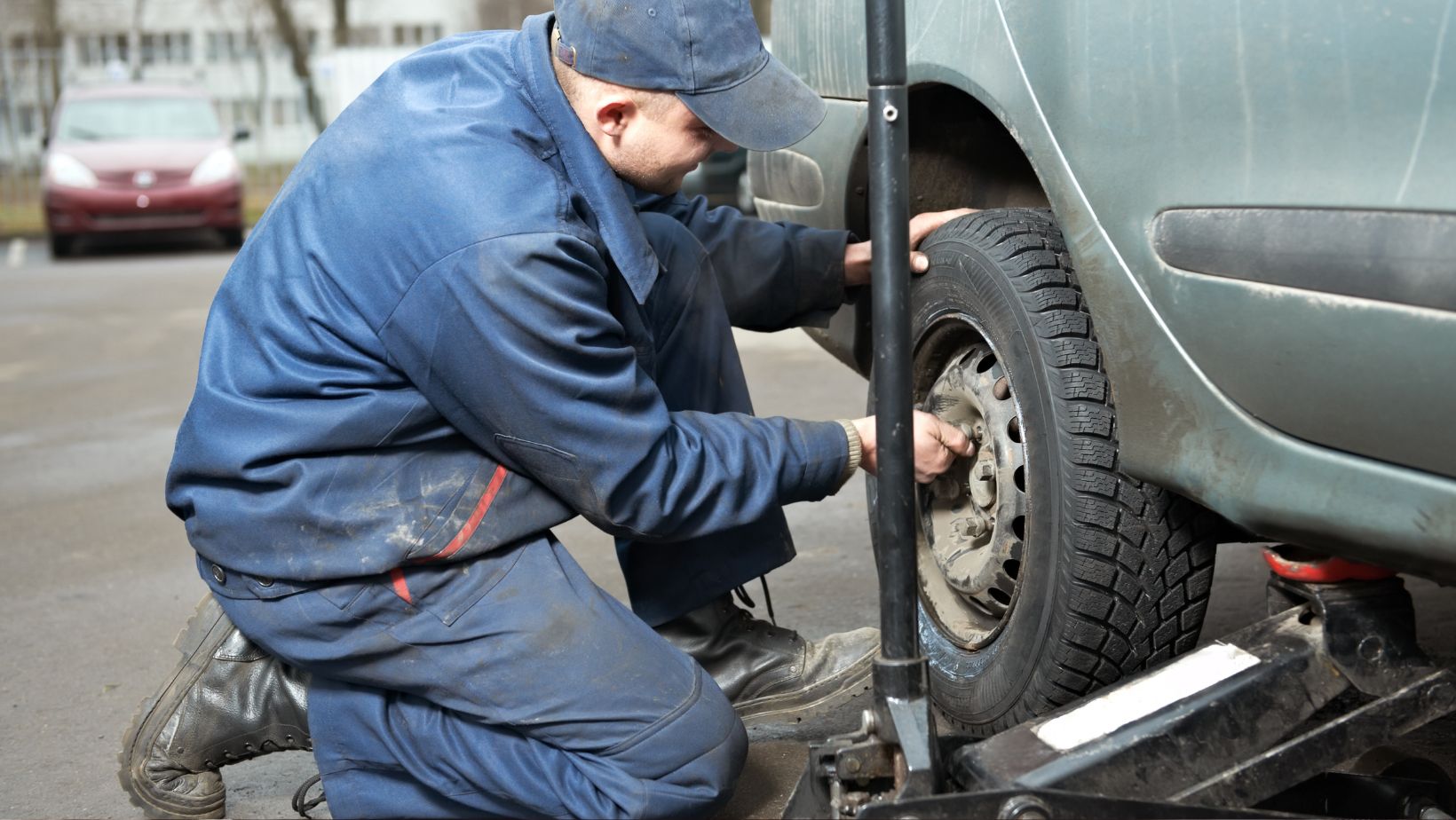
Mark Larkham explains Camber Bolts
Do I Need a Camber Kit for Alignment
If your car has adjustable camber bolts or camber plates, you may be able to realign the camber without a kit. But if your car doesn’t have those features, you’ll need a camber kit to make adjustments.
Most vehicles will need some form of adjustment to the camber aftermarket suspension components are installed.
This is due to the fact that lowering a vehicle changes the angle of the wheel in relation to the ground when viewed from the front or rear of the car. The purpose of most suspension components is to lower the center of gravity (CG) which in turn lowers the roll center. Lowering both of these reduces body roll and increases cornering grip.
However, this also means that your once-parallel wheels are now angled inward (toward each other). This is what we call “negative camber.”
While some degree of negative camber is beneficial for performance, too much can cause premature tire wear on the inside edges of your tires.
That’s where a camber kit comes in – it allows you to fine-tune your alignment and get back to that perfect balance between performance and tire life.
What Do Camber Arms Do
Camber arms are typically used in suspension systems to allow for adjustment of the camber angle. The camber angle is the angle between the wheels and the ground when viewed from the front or rear of the vehicle. A negative camber angle indicates that the top of the wheel is tilted inward, toward the vehicle.
A positive camber angle indicates that the top of the wheel is tilted outward, away from the vehicle.
Most vehicles have a slight amount of negative camber built into their suspension design. This helps improve tire contact with the road surface during cornering and provides additional grip.
However, too much negative camber can cause premature tire wear and may make your car more difficult to control on straight roads. That’s where adjustable camber arms come in – they give you precise control over how much camber is in your suspension so you can fine-tune it to your driving style and conditions.
There are many different types of adjustable camber arms available on the market, so it’s important to do your research to find a quality product that will fit your specific needs.
You’ll also want to make sure that any adjustments you make are within factory specifications for your particular vehicle; otherwise, you could run into issues with things like warranty coverage down the road.
If you’re looking to improve traction, handling, and tire life on your car, then installing a set of adjustable camber arms may be just what you need!
What is a Camber on a Car
A camber is an angle made by the wheels of a vehicle when viewed from the front or rear.
If the wheel is tilted outward at the top, then it has positive camber; if it’s tilted inward, it has negative camber. Most passenger cars have some degree of negative camber, which improves tire grip while cornering.
When viewed from above, a car with its wheels positioned perfectly perpendicular to the ground would have zero camber. But as you can see in this image of a Honda Civic Type R, that’s not usually the case:
The red arrows show how the top of the wheel is angled inward (negative camber), while the bottom is angled outward (positive camber).
The yellow line represents where true zero camber would sit.
Camber can also affect tire wear. If a wheel has too much negative camber, for example, then the inside edge of the tire will scrub against the pavement and wear out prematurely.
That’s why most passenger cars have only slight degrees of negative camber — just enough to improve handling without excessively wearing out tires.
Camber Kit Purpose
A Camber Kit is an adjustable suspension component that is used to correct the camber on a vehicle. The purpose of a camber kit is to fine-tune the alignment of the wheels so that they are perpendicular to the ground, which maximizes tire contact with the road and improves handling.
There are two types of camber kits: static and adjustable.
Static kits are designed for vehicles with non-adjustable suspensions, while adjustable kits can be used on both adjustable and non-adjustable suspensions. Adjustable camber kits offer more flexibility in terms of adjusting the camber, but they are also more expensive.
The installation of a camber kit is relatively simple and can be done by anyone with basic mechanical skills.
However, it is always best to consult with a professional mechanic or alignment specialist before making any changes to your suspension.
Do You Need Camber Bolts With Coilovers
When it comes to coilovers, one question that often comes up is whether or not you need camber bolts. The short answer is that it depends on your specific setup and needs.
If you’re running coilovers with stock suspension arms, then chances are you won’t need camber bolts since the arms already have provision for adjusting camber.
However, if you’re running aftermarket suspension arms or have modified your factory arms, then you might need camber bolts in order to be able to adjust camber.
Camber bolts are relatively inexpensive, so if you’re unsure whether or not you need them, it’s probably best to just get a set. That way, if you ever do need to adjust camber, you’ll be prepared.
Do I Need a Camber Kit With Lowering Springs
If you’re thinking about lowering your vehicle, one of the first questions you might ask is whether or not you need a camber kit. In short, the answer is yes – if you want to maintain proper alignment and avoid tire wear. Here’s a more detailed explanation:
When you lower your car, the suspension geometry changes and the wheels tilt inwards at the top. This is called “negative camber” and it’s something that needs to be corrected in order to avoid premature tire wear. A camber kit allows you to make the necessary adjustments so that your tires remain perpendicular to the ground, even when lowered.
There are some people who will tell you that negative camber isn’t really an issue and that you don’t need a camber kit. While it’s true that some cars can get away with a little bit of negative camber without any problems, it’s generally not worth taking the risk. It’s better to be safe than sorry – especially when it comes to something as important as your tires!
How Do Camber Kits Work
If you’re a car enthusiast, chances are you’ve heard of camber kits. But what are they and how do they work? In short, camber kits allow you to adjust the camber of your car’s wheels.
This can be helpful if you’re looking to improve your car’s handling or want to make it look lower and more aggressive.
Camber is the angle of the wheel in relation to the ground when viewed from the front or rear of the vehicle. If the top of the wheel is leaning out (away from the body), then that’s negative camber.
If it’s leaning in (toward the body), then that’s positive camber. Most cars have a slight amount of negative camber from the factory to help with cornering grip and tire wear. However, too much negative camber will cause premature tire wear as well as increased fuel consumption.
Conversely, too much positive camber will make your car harder to turn and can lead to decreased traction and stability.
So how does adjusting camber improve performance? Well, for starters, it can help reduce tire wear by evening out the contact patch between the tire and ground.
It can also help with cornering grip by keeping more of the tire footprint in contact with the road at high lateral loads (when turning). And finally, it can give your car a lower stance which not only looks good but also lowers its center of gravity which improves handling characteristics.
There are two main ways to adjust camber: via adjustment bolts/eccentric washers or via slotting/ elongating holes in suspension components .
The former is definitely easier and less permanent, while the latter requires some welding but gives you more precise control over your adjustments. No matter which method you choose, installation is relatively straightforward – though it will require some basic automotive knowledge and tools .
Coilovers With Camber Adjustment
Coilovers with camber adjustment are a type of suspension that allows the driver to adjust the camber, or the angle at which the wheel sits in relation to the ground. This is done by adjusting the length of the coilover sleeve, which in turn changes the angle of the wheel.
Camber adjustment is important because it can help improve tire contact with the road and optimize traction.
It can also be used to compensate for wear on tires and ensure that they last longer. In addition, adjusting camber can help improve handling characteristics by making small changes to how weight is distributed across the tires.
There are a few things to keep in mind when adjusting camber.
First, always make sure that you consult your vehicle’s owner’s manual before making any adjustments. Second, be aware that changing camber will affect other aspects of suspension geometry, so it’s important to make changes carefully and in small increments. Finally, always have your vehicle inspected by a qualified technician after making any adjustments to ensure everything is set up correctly and safely.
Conclusion
If your car has camber bolts, you might be wondering if they’re really necessary. The answer is yes and no. Camber bolts are used to adjust the camber of your tires, which is the angle at which they sit in relation to the ground.
If your car’s camber is off, it can cause premature tire wear and make your car handle poorly. However, if your car is already aligned correctly, camber bolts probably aren’t necessary.


